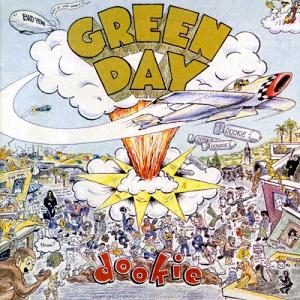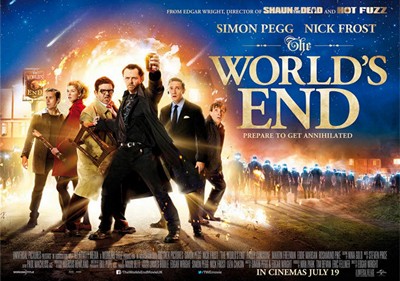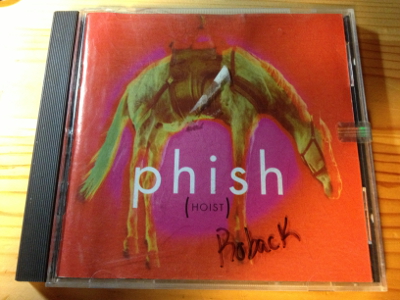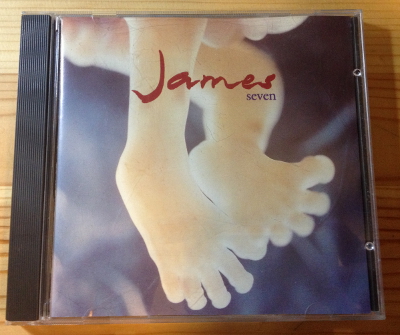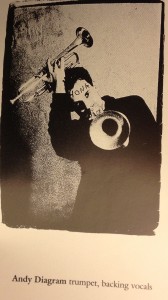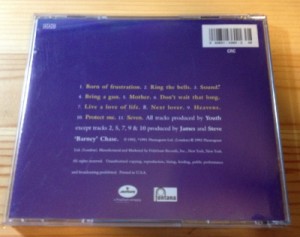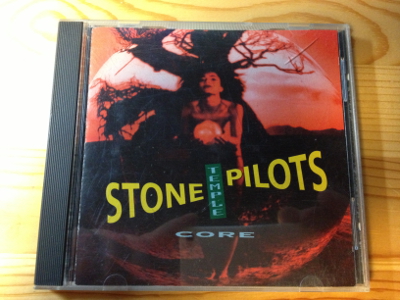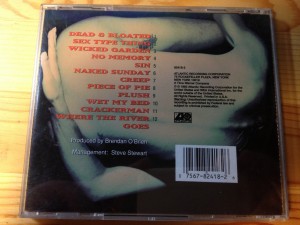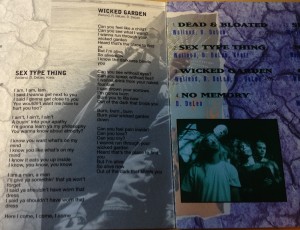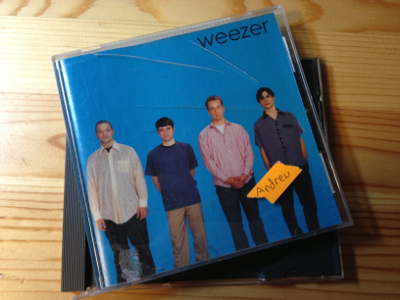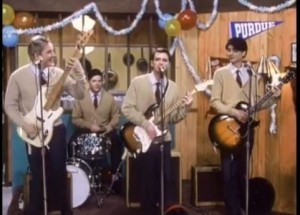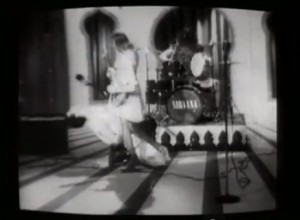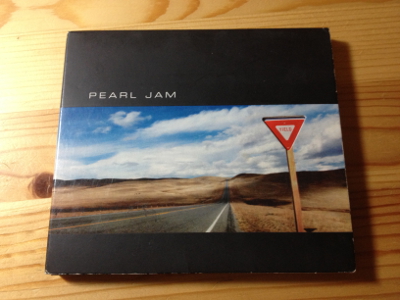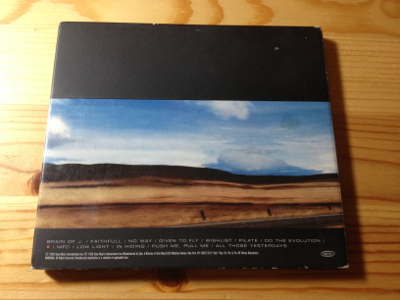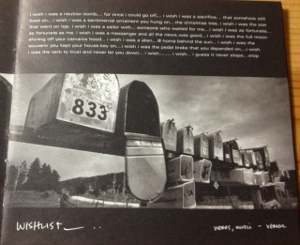 Unless you have been hiding under a rock, you know that the Chicago Transit Authority has privatized their fare collection system with Ventra, which is a subsidiary created to manage the fare collection for Chicago but is really owned by a larger company, Cubic Transportation Systems. According to Cubic, the CTA agreed to a $454 million, 12-year contract for Ventra to provide fare collection on CTA busses and trains.
Unless you have been hiding under a rock, you know that the Chicago Transit Authority has privatized their fare collection system with Ventra, which is a subsidiary created to manage the fare collection for Chicago but is really owned by a larger company, Cubic Transportation Systems. According to Cubic, the CTA agreed to a $454 million, 12-year contract for Ventra to provide fare collection on CTA busses and trains.
Some background
I am generally against long-term privatization deals for the administration of public services since private companies are not in the business of providing good service at the expense of their own profits. Public sector (essentially non-profit) work is not in the interest of corporations in the capitalist model; pleasing shareholders with steady investment returns is.
The predominant line of thought in politics in the City of Chicago seems to be that private companies can perform services formerly paid for by taxpayers for a great deal less money. The oft-cited benefit is that such a model provides “savings” to the taxpaying public, but what does “savings” really mean? Where do those “savings” go?
One would typically think that in a balanced budget, any savings on public services would return to the taxpayers in the form of a tax refund or reinvestment in the interest of improving public services. The problem is that Chicago runs a large budget deficit (approximately $339 million for FY2014), which invariably means that savings to taxpayers are used in the part of the calculation which reduces said deficit and doesn’t necessarily return to the taxpayers in any tangible form. The CTA is no different, except that their budget deficit is much smaller proportionally than the city’s and they do not (for the most part) run on taxpayer support (52% of their operating funds for FY2013 will come from system-generated funds as opposed to a relatively modest 48% public contribution).
Thus, fare collection is really the CTA’s rice bowl: without efficient fare collection, they are sunk. For years, the CTA relied on the hybrid Chicago Card system (which used touch cards [similar to credit cards but without numbers] loaded with money either online or at pay kiosks at train stations) and temporary use plastic cards with magnetic stripes that must be inserted into slots in a pay station on a bus or at a train station, and are only rechargeable at said pay kiosks. If those options didn’t appeal to you, however, you could purchase passes for short durations (e.g. one day or three days) as plastic mag-stripe cards, or longer passes (e.g. thirty days) as automatically loaded values to your Chicago Card. This was admittedly clunky, as there were two systems that needed two different fare collection infrastructures to work (touch or insert). Also, those temp plastic cards, lost with value on them, were gone forever (like lost cash) with no way of retrieving that value.
According to the CTA 2013 Budget, they were also facing the fact that their fare collection system was “at the end of its useful life” and would need to be replaced. This left them with a choice that has plagued the City of Chicago on two notable occasions (namely the Skyway tollway and the parking meter system): come up with money to upgrade the infrastructure by raising revenue or find a way to lease the system to a private corporation that will front the money to upgrade the system, yet will retain control and extract a significant profit over a term of many years in exchange for accepting the responsibility of maintaining that system. The city made that decision in extreme, leasing the Skyway tollway and the parking meter system, and all subsequent toll/fee collections, for extended periods (99 years and 75 years, respectively) in exchange for large cash payouts ($1.83 billion and $1.2 billion, respectively). Sadly, the combined $3.02 billion has been frittered away in filling budget gaps in subsequent years. Thus any “savings” that were accrued through these leases did little public good, as they were just stopgap kindling to keep the smoldering fire that is Chicago’s operating budget from dying out.
 The CTA took a bit of a different route with Ventra. Rather than take a massive cash infusion, the CTA would pay no money up front to have Cubic update their fare collection infrastructure. Rather, the CTA would pay an indecipherable amount to Ventra each of the contract years (the amount is lumped in with “other expenses” on their budget statement), supposedly up to $454 million over the twelve-year life of the contract.
The CTA took a bit of a different route with Ventra. Rather than take a massive cash infusion, the CTA would pay no money up front to have Cubic update their fare collection infrastructure. Rather, the CTA would pay an indecipherable amount to Ventra each of the contract years (the amount is lumped in with “other expenses” on their budget statement), supposedly up to $454 million over the twelve-year life of the contract.
For 454 million dollars, customers will get the opportunity to pay with a card that is almost identical to the Chicago card in every way, however it can also function as a prepaid debit card. Likewise, you can use any major credit card with an RFID chip to pay. You can purchase a temporary card with cash as well at a payment kiosk, but you cannot pay with cash or an “into-the-slot” card (they are all touch cards using RFID now). There are some major downsides to these payment options that I will explain shortly, but this is a slight improvement in terms of streamlining payment.
On the other side of this equation is how much it would have cost the CTA to implement a new payment system themselves. That is an unknown, and seems to have been studied only to determine a “savings” amount (estimated in the FY2013 budget statement as $50 million over the 12 years). It’s worth noting that Cubic is not an Illinois company and it’s unclear how their takeover impacts the CTA labor market (I wonder who is servicing the fare collection devices? I could not find out if it is the same workers who serviced kiosks prior to the agreement).
Ventra will undoubtedly affect low-income persons disproportionately. There is a non-refundable 50 cent feel associated with temporary “Ventra Tickets” purchased at rail station kiosks (replacing the mag-stripe cards). 1-day and 3-day passes (typically used by low-income patrons and tourists) are only available when you register for a Ventra card, and can no longer be purchased at rail stations or retailers (like grocery stores). Likewise, there is a predatory effort to get users to deposit their paychecks into the Ventra operated MetaBank, which charges users additional fees for almost anything you can imagine and was fined for deceptive lending practices.
According to the CTA, users will also have the convenience of paying with smartphones. However, it’s really unknown why or how that will be more convenient than using a plastic card. I suppose if you had forgotten your wallet and only had your phone, this might be handy provided you took the numerous steps to link your prepaid account to your phone. Likewise, you can use any major contactless debit/credit card to pay your fare, but with a caveat: if it is linked to your online Ventra account you will pay standard fares – if not, you will pay a full fare of $2.25 each time you board a train or bus (no transfer credits allowed). These are all essentially penalty fees for f**king up and leaving your Ventra card at home
I’ll only briefly mention the fees associated with a the prepaid debit option on these cards. Apparently there are a constellation of fees associated with almost every action on your account. Predatory lending at its finest.
My card experience
I received an email notice in July indicating that I should verify and port some personal information over to the Ventra website from my Chicago Card account. I took the time to verify my information, and waited. A month later, I received an email that said the process of sending my card was underway, and that I should plan on receiving it in 7-10 business days.
A couple of weeks after that, I got another email with the subject line “Convenience is coming!”, informing me that I’d be getting my card in 7-10 business days. In the meantime, they invited me to log in to the site and update my access code, which is different from the password you use to log into the website. I did as instructed and waited.
Finally, two weeks later, I received the card in the mail. I had been waiting for the card for about two months at that point. I went to log into the website to activate my card, but it had been so long that I forgot my password. Normally, this is no big deal for any website, but when I tried to reset and use the temporary password the website threw an error and told me to call. At this point, I already wasted hours of my life trying to set up the account, so I gave up.
Alas, the day came when I had to take the train a couple of weeks ago and I needed to set up the account right then. I tried the password reset feature on the site, and it worked this time. After I logged in, I began the most dysfunctional process I have ever undertaken.
The initial log in
I first had to call a card activation hotline, which was straightforward enough. Then I had to update my password. Most websites give you real time feedback on password strength so that you know when you have met the arbitrary minimum of complexity, but not Ventra. You must submit passwords that are highly complex, but conform to rigid guidelines as well, and only after entering them do you find out if it is complex enough. While this is secure, it is also less effective than a two-step verification process (using a smartphone app) and, on a site where one plans to log in almost never, will inevitably result in a lost password.
Finally arriving at a satisfactory password, I went to check my card value only to discover that it read zero. The money that was supposedly going to transfer to my card seamlessly was missing. Since I needed that card to board the train the next day, I grudgingly added $20 to my account. I then set up an automatic recharge amount of $20, which was supposed to be added after my account dipped below $10. I returned to my account page and saw, yet again, a zero balance. This began the second hour of my activation efforts.
Customer service
I called the customer support line. All of the regular menu options were, of course, not what I needed. I managed to access my account information after entering my account number and CCV code, and then I waited for 15 minutes for an account rep. When one picked up, and I started to speak, I was immediately disconnected, so I had to call back and repeat the entire process again, only this time I was on hold for closer to 30 minutes.
While I was on hold, I refreshed the account page and noticed that my balance was $58.25. Apparently, my Chicago Card transfer, one time addition of $20, and my automatic recharge all processed simultaneously. My problem shifted from having no balance to having a ludicrously high balance that would take me (an infrequent rider) a long time to use up.
Finally I began speaking to a representative. I explained my problem, and she listened patiently. At one point, she said “Some convenience, this card, huh?” I found this a little odd as she represented the organization that was promising me “convenience,” but I wrote it off as some kind of calming tactic used by customer service reps to build rapport. She asked if I had been to “Vertran.com, or something like that,” which piqued my suspicion that she had no clue about my issues.
After some discussion, she asked me if it were possible to reverse the charges to my account. I told her I didn’t really know, as I didn’t work for the company, and that I expected her to know if this was possible. Then she began asking me for personal information including my username, card number, security number, and email address. With even two or three of these pieces of information it would be no problem to hack my account. I told here I was not comfortable giving her any information, and that is when she said: “I’m supposed to tell you this. I don’t actually work for Ventra in Chicago. I’m in Boston and I need to take your information so a customer service representative can call you back.”
I told her thank you, but I’m not going to give out any more personal information without knowing exactly who is taking it. She told me, “That’s fine, but if you wait for them to call you back and resolve this problem and you miss the call, you’ll just have to call back and wait on hold again.” I told her thank you, but I’m hanging up now and I don’t care.
My Takeaway
I have used the bus and train several times since then, and I’ve yet to have a bus trip where my card worked without a hitch. A couple of times I have just not paid at all, which adds up to lost revenue for the CTA. I never got the obscenely high card credit resolved, so I guess I will spend it off over many months.
My friend Aja since advised me that the chips in the cards were from the Gameboy Advance manufacturer who stopped making them, and that is why the CTA had to change systems. I couldn’t confirm, but this doesn’t seem that far out there.
I humbly submit this as yet another tale of the effects of privatization of city services.

